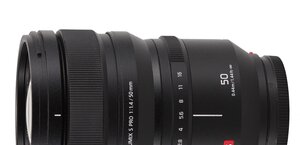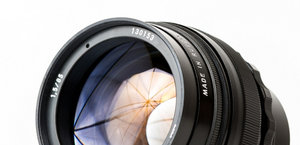Nikon Nikkor Z 600 mm f/6.3 VR S
4. Image resolution
Like in a case of the Sigma S 500 mm f/5.6 DG DN OS and the Nikkor Z 400 mm f/4.5 VR S, we have to describe the problem of the maximum performance of telephoto lenses as fast as 6.3 in more detail. Why? It is obvious that the paragraph above, concerning resolution records, is not applicable. After all these records are reached when a fast lens is stopped down to f/2.8-4.0. As the tested lens doesn't feature such an aperture we simply cannot expect here results higher than 80 lpmm or indeed anything even coming close to that level.
By and large, in this case the diffraction limit by f/8.0 is the absolute maximum you can count on. Trusting that the best f/1.2-1.8 lenses stopped down to f/8.0 so by about 4 EV, work already in their diffraction limit or very near it we can assume that such a limit reaches close to 66-68 lpmm. In case of telephoto lenses of 400-600 mm class the influence of micro-vibrations of the whole measuring system is more keenly felt and the stability of air in a distance of more than a dozen meters from the testing chart also should be taken into consideration; that's why we think that the lower borderline of near 66 lpmm would be a safer assumption to adopt. At the same time we don't expect that the tested Nikkor can reach such a level because it would mean the lens works in its diffraction limit on stopping down by just 2/3 EV, a possibility that is rather unlikely.
Please Support UsIf you enjoy our reviews and articles, and you want us to continue our work please, support our website by donating through PayPal. The funds are going to be used for paying our editorial team, renting servers, and equipping our testing studio; only that way we will be able to continue providing you interesting content for free. |
- - - - - - - - - - - - - - - - - - - - - - - - - - - - - - - - - - - - - - - - - - - - - - - -
Being aware of that, you can take a closer look at the results the Nikkor Z 600 mm f/6.3 VR S in the frame centre, on the edge of the APS-C/DX sensor, and on the edge of full frame.
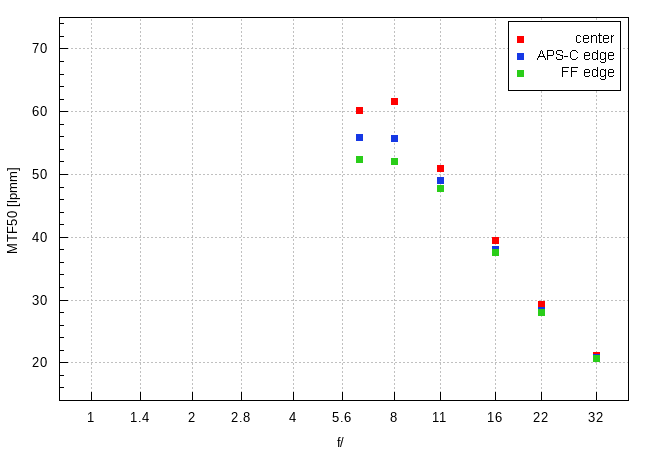
The results we got in the frame centre by f/6.3 and f/8.0 exceed 60 lpmm and are really great. At the same time they are higher by several lpmm than the diffraction limit of f/11.0 aperture. What's more, by f/8.0 we see results that are, within the measuring error, the same as in case of the Nikkor Z 400 mm f/4.5 VR S that is by 1 EV faster.
The performance on the edge of the frame also deserves to be praised. Both the edge of the APS-C/DX sensor and the edge of full frame are not much different than the frame centre but, at the same time, you get completely sharp images up from the maximum relative aperture.
Overall, when it comes to resolution the Nikkor Z 600 mm f/6.3 VR S performs exactly as should perform a top-of-the-range, well-put-together prime – a round of applause!
At the end of this chapter, traditionally, we present crops taken from photos of our resolution testing chart which were saved as JPEG files along the RAW files, used for the analysis above.
| Nikon Z7, JPEG, 600 mm, f/6.3 |
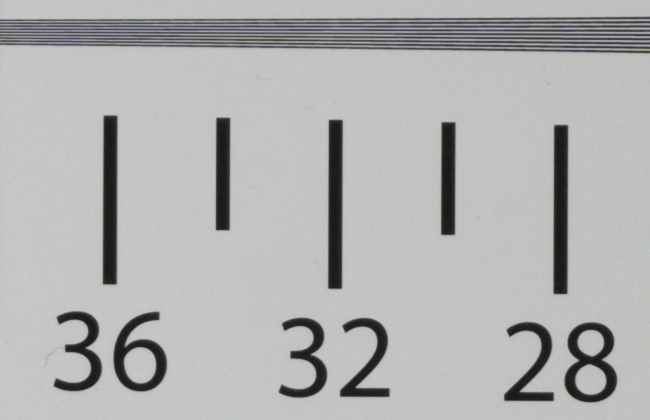 |
| Nikon Z7, JPEG, 600 mm, f/8.0 |
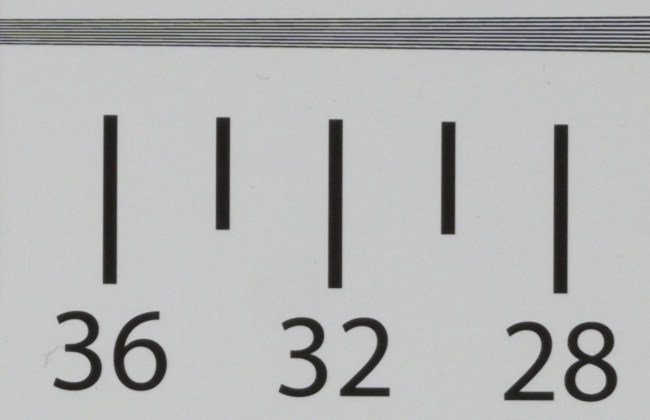 |




